This week is the final chance to see the exhibit “Words & Afterwards: Moving from Violence to Healing” at (SCENE) Metrospace of East Lansing, 110 Charles Street. Gallery hours continue Thursday 2pm to 5pm, Friday and Saturday 2pm to 6pm, and Sunday 12pm to 4pm. Admission is free.
The experience of putting together this exhibit — making the artwork, collaborating with artists and community members — has been inspiring. One of my hopes throughout this project was to see the exhibit inspire others as well. This inspiration clearly stands out as I reflect upon group visits to the gallery.
Staff from Community Mental Health came to the exhibit to explore the use of collage with adults with developmental disabilities. Individuals from Red Cedar Friends Meeting (Religious Society of Friends) viewed the artwork and shared a silent circle in closing the visit. And before the exhibit is taken down, volunteers from SACI — the Sexual Assault Crisis Intervention team, a student organization that works with the Sexual Assault Programat Michigan State University — will come to discuss a future art project of its own.
It’s good news that the book art from the exhibit will become available on this web site soon after the exhibit’s closing! Ongoing access to the inspiring work by community members and artists was another goal in this project’s vision. The digitizing of collages was made possible thanks to the technical assistance of Ruth Borgelt, grant project manager with the Peace Education Center of Greater Lansing.
For those who found inspiration in Words & Afterwards, your reflections and stories are valued. If you would like to share a word of your own, you are invited to send it for publishing here on the web site, including anonymous guests; just email me at MelissaHasbrook @gmail.com. Also, comments to existing posts are available for your use. So stay tuned for more from Words & Afterwards!

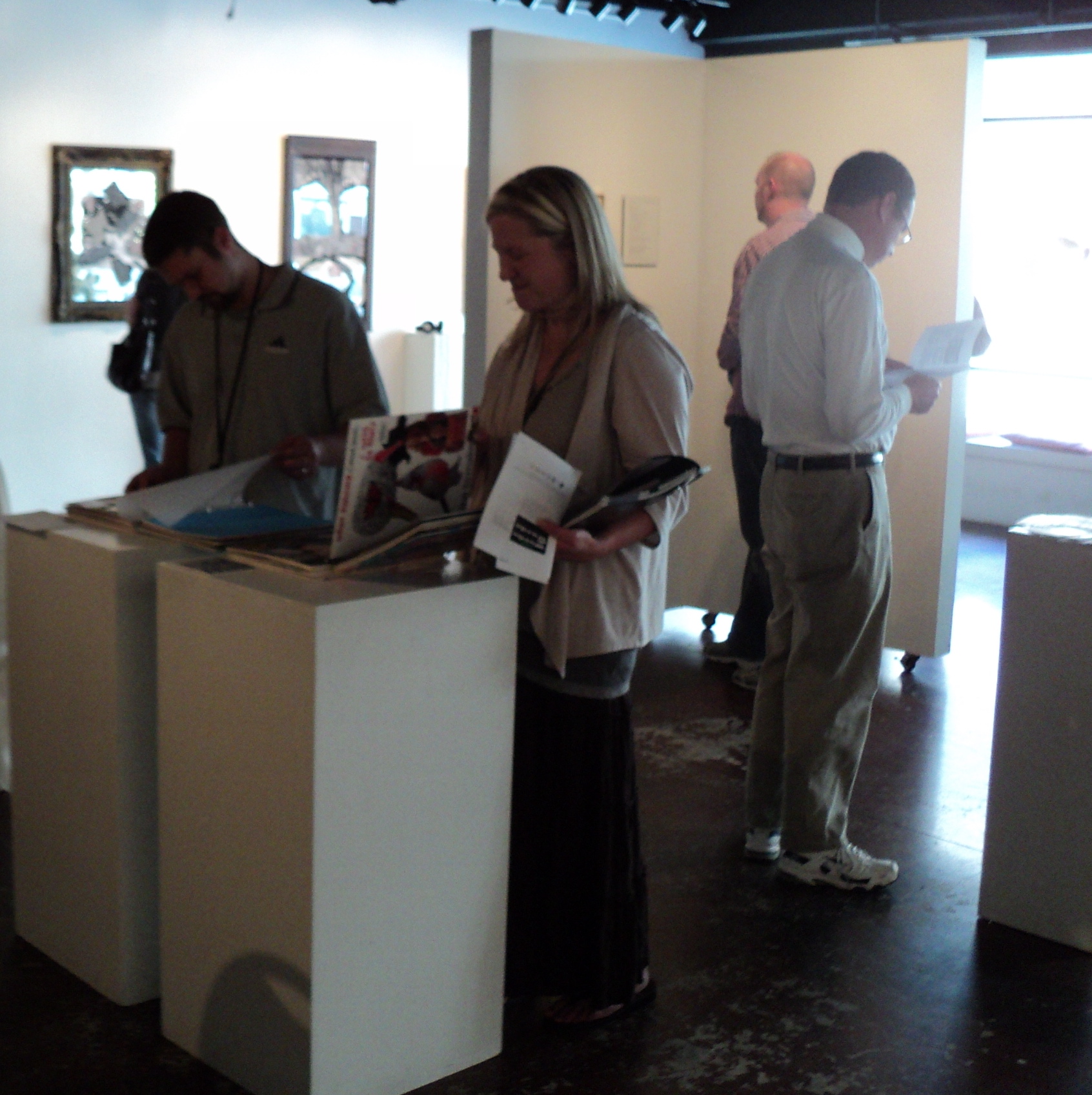
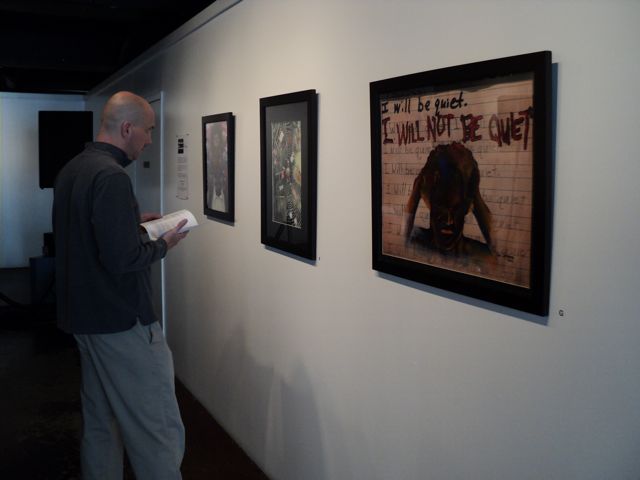
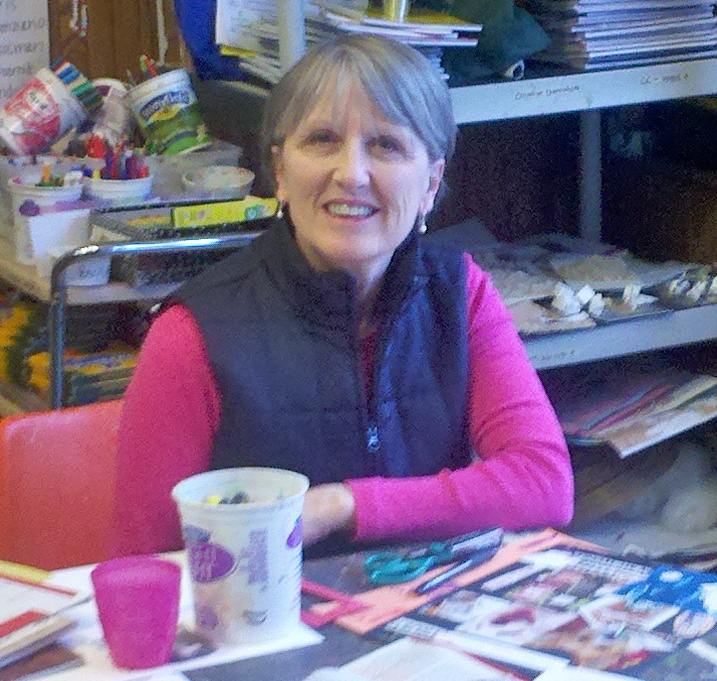
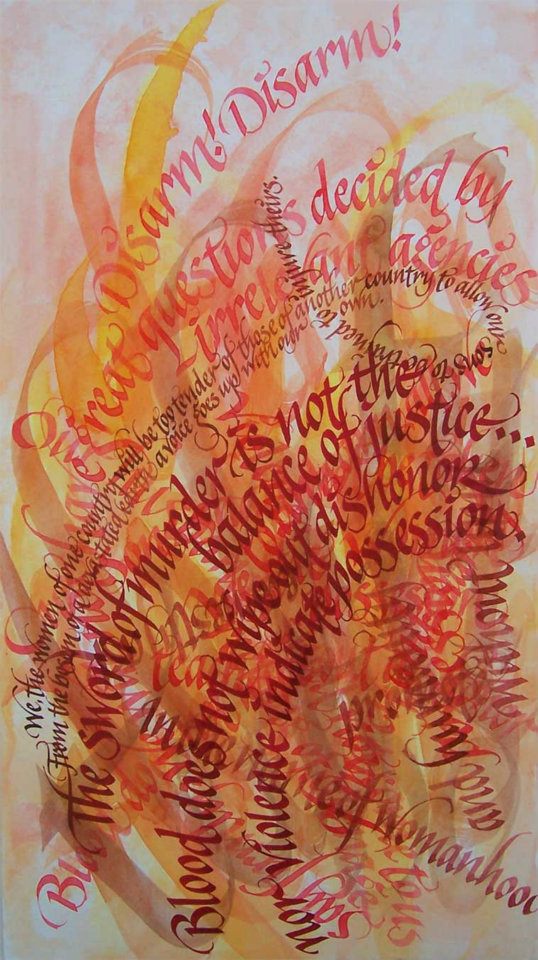
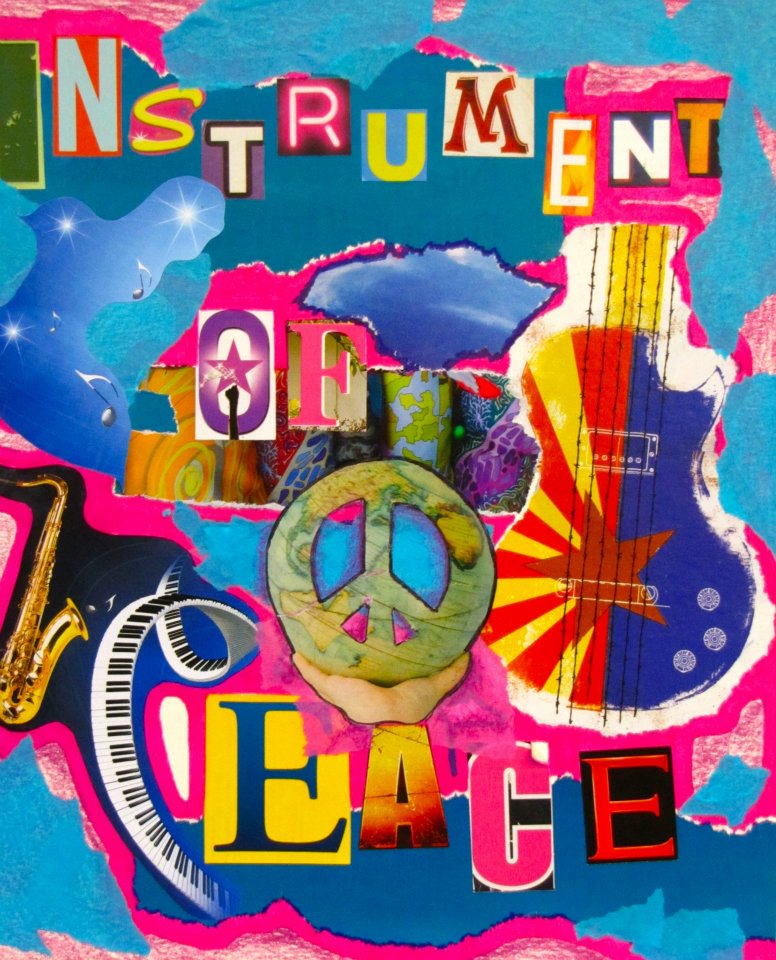
Recent Comments